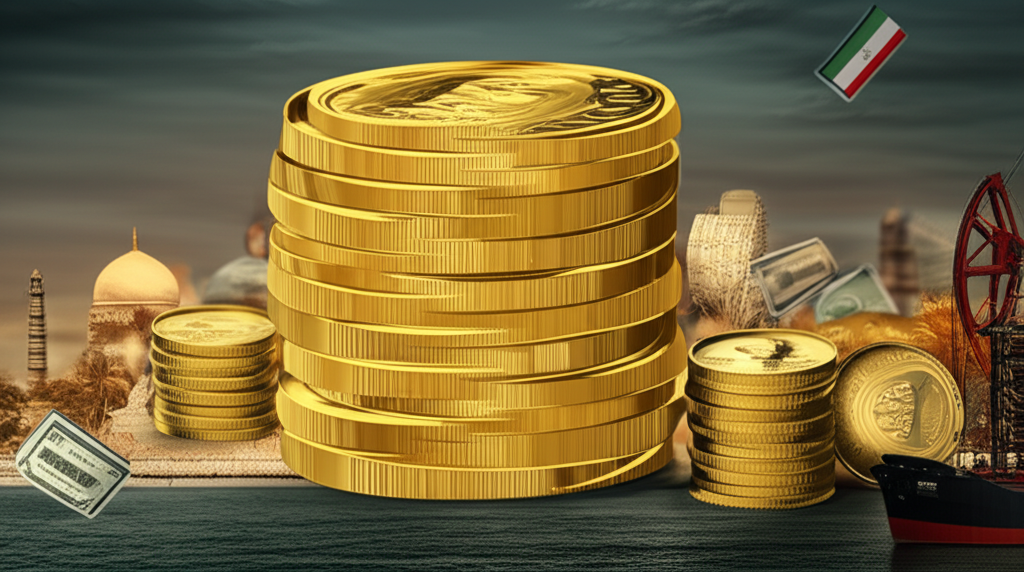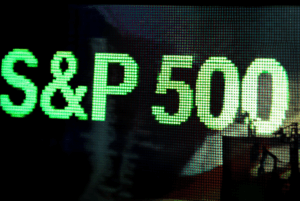Will a US Strike on Iran Spark Stagflation and a Global Energy Shock?
The geopolitical landscape is perennially fraught with flashpoints, and among the most potent in terms of global economic repercussions are tensions in the Middle East. When discussions turn to hypothetical military action, particularly involving major oil-producing nations like Iran, the ripple effects can send shivers through financial markets worldwide. The question of whether a US strike on Iran could trigger stagflation and a global energy shock is not merely an academic exercise; it’s a critical risk assessment that informs policymaking, investment strategies, and everyday economic outlooks.
At the heart of this concern lies the Strait of Hormuz, a narrow waterway through which roughly one-fifth of the world’s total oil consumption, and a significant portion of its liquefied natural gas (LNG), passes daily. Iran controls a substantial section of its northern coast, giving it considerable leverage over this vital chokepoint. Any military conflict involving Iran would immediately raise the specter of severe disruption to these shipments. Even the perception of an imminent threat could prompt a surge in crude oil prices as traders price in geopolitical risk premiums, anticipating supply shortages. A direct disruption, however, would likely trigger an unprecedented energy shock, pushing oil benchmarks like Brent crude to levels not seen in decades, if ever. The immediate impact would be felt at the pump, affecting transport costs for goods and services, and raising the operational expenses for industries reliant on fossil fuels, from manufacturing to agriculture.
The economic fallout from such an energy shock is multifaceted and severe. Skyrocketing oil prices directly fuel inflation – a phenomenon known as “cost-push” inflation. Businesses, facing higher input costs for energy, would either pass these costs onto consumers through higher prices for goods and services, or absorb them, squeezing profit margins and potentially leading to layoffs or reduced investment. For consumers, increased energy bills would erode discretionary income, leading to a slowdown in spending across other sectors of the economy. This reduced demand, coupled with higher production costs, creates the perfect storm for stagflation: a simultaneous occurrence of high inflation and stagnant economic growth, often accompanied by rising unemployment. This scenario presents a particularly challenging dilemma for central banks, as conventional monetary tools designed to combat inflation (raising interest rates) can further dampen economic growth, while measures to stimulate growth (lowering rates) can exacerbate inflation.
Beyond the immediate energy crunch, a conflict of this magnitude would shatter global economic confidence. Investor sentiment would sour, leading to a flight from riskier assets like stocks into safe havens such as gold and government bonds, potentially triggering significant equity market corrections. Global supply chains, already strained by recent disruptions, would face new pressures, not just from increased shipping costs but also from potential insurance premium hikes and rerouting challenges. Trade flows could be impacted, and foreign direct investment might dry up as businesses postpone expansion plans in the face of such uncertainty. The interconnected nature of the global economy means that a shock originating in the Middle East would quickly reverberate through every major economic bloc, from Europe and Asia to the Americas, affecting everything from manufacturing output to consumer purchasing power. While the precise scale and duration of such an event are inherently unpredictable, contingent on the nature of the conflict and subsequent policy responses, the potential for a prolonged period of economic malaise, characterized by high living costs and limited job opportunities, remains a significant downside risk on the global horizon.





